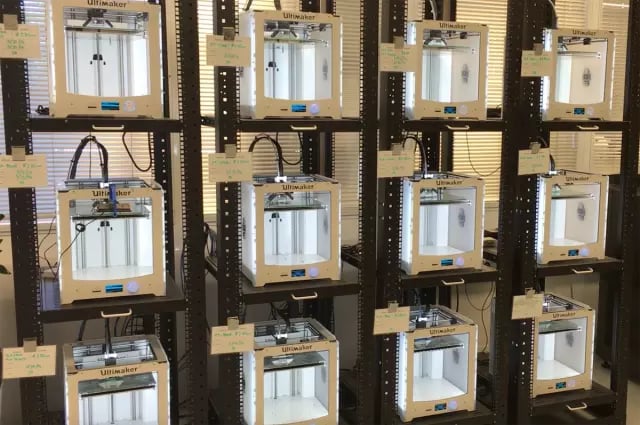
Last year, HP finally introduced its Multi Jet Fusion (MJF) 3D printing technology to the market.
With it, HP promised the ability to produce end parts with quality and efficiency unmatched by other additive manufacturing (AM) processes on the market.
If there’s one company that would be able to vouch for these claims, it’s Jabil Circuit, a massive contract manufacturer with 90 facilities across 23 countries and, also, HP’s foundational partner for MJF.
ENGINEERING.com spoke with John Dulchinos, VP of Global Automation and 3D Printing at Jabil, about how a large manufacturing services company like Jabil uses AM in house and MJF as a technology for end part production.
Jabil’s Early Adoption of 3D Printing
Dulchinos explained that Jabil, like any larger manufacturer, was an early adopter of 3D printing for such applications as rapid prototyping. For some time, the company has used just about every technology, including fused deposition modeling (FDM) and stereolithography (SLA), as well as inkjetting and metal 3D printing systems.
While just about any system might be used for prototyping, depending on the exact requirements of a job, FDM is more suitable for 3D printing fixtures, assembly jigs and other manufacturing aids.
“We have also used 3D printing in some of our facilities to create conformal cooling channels around mold jackets or on our mold cavities so that we can really accelerate the cycle time on injection molded parts,” Dulchinos said.
The broad range of systems is typical of a company like Jabil, according to Dulchinos. He relayed, “The broader your business is and the more verticals and applications and parts of the product lifecycle where you use 3D printing, it generally requires a wider set of technologies. That’s kind of a price of admission for people like us.”
For this reason, it was natural for HP to partner with a company like Jabil when developing the MJF platform.
Read more at ENGINEERING.com

